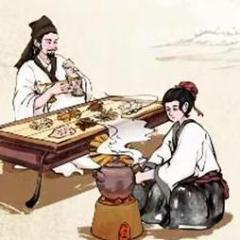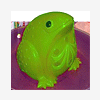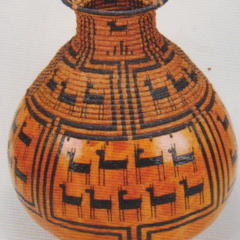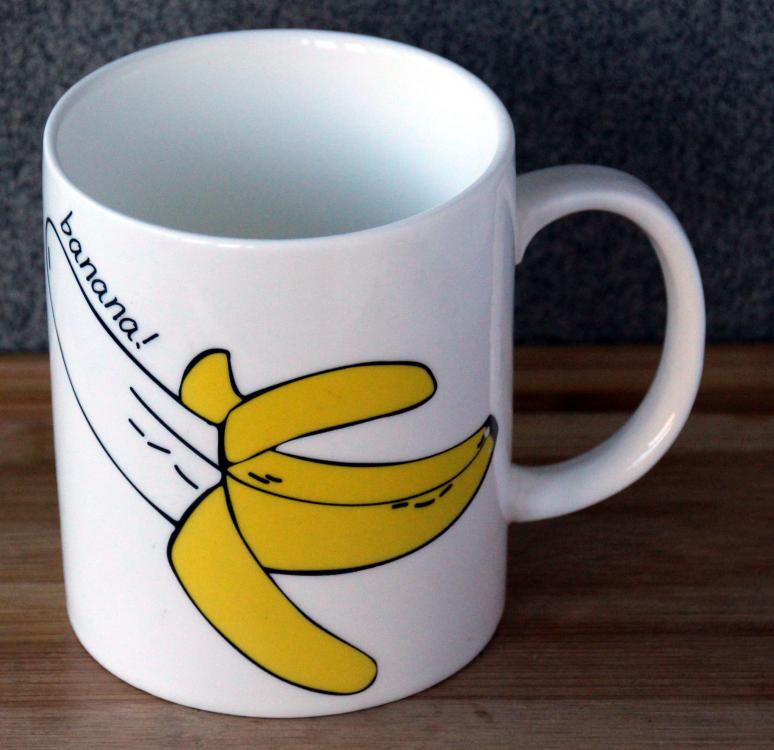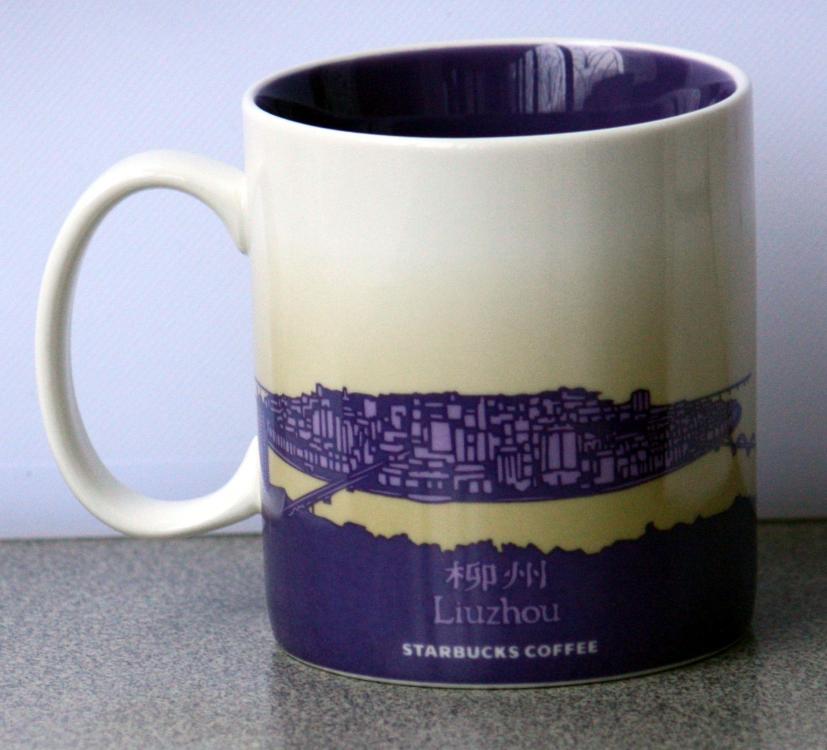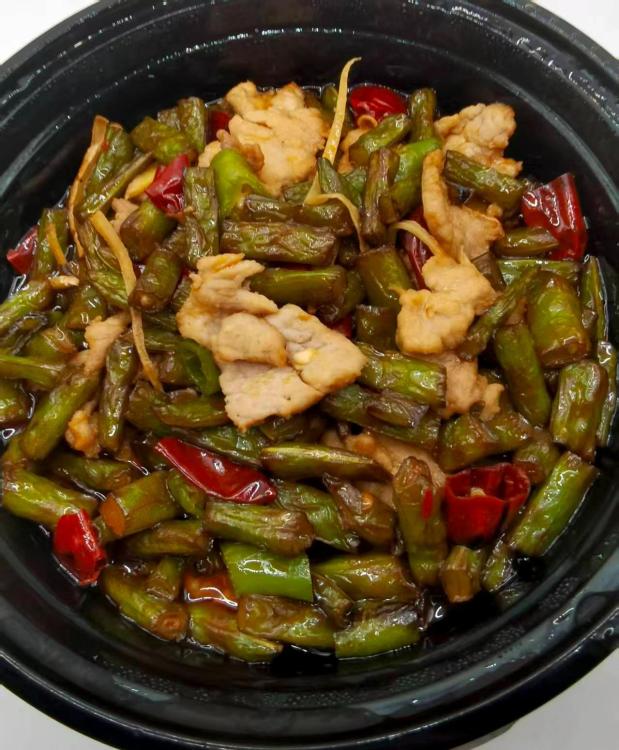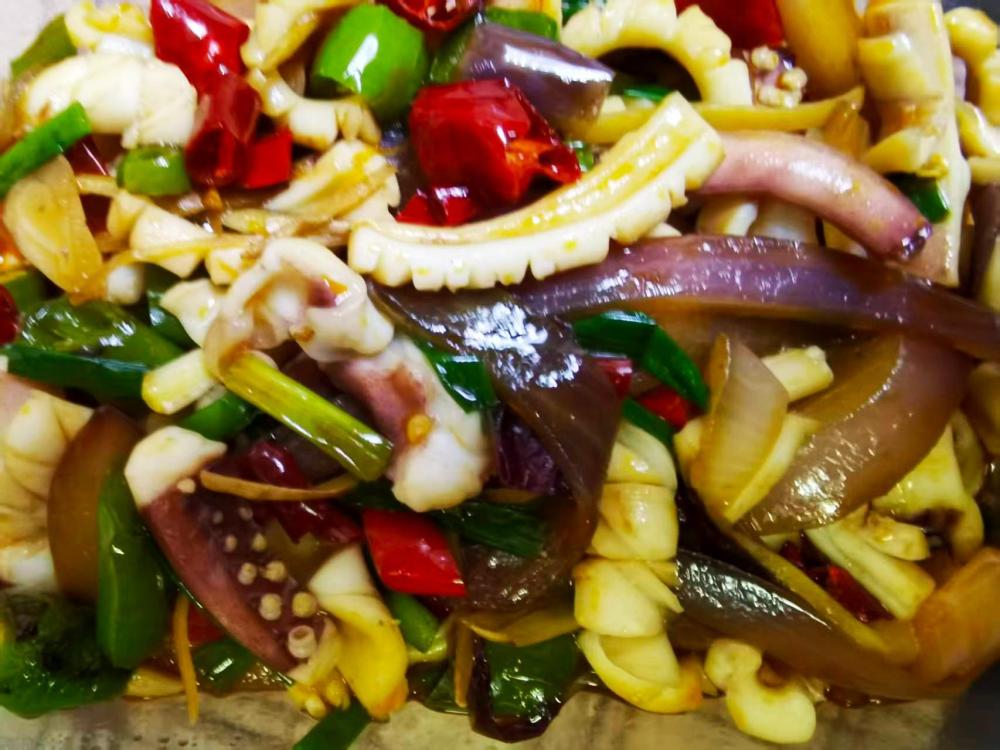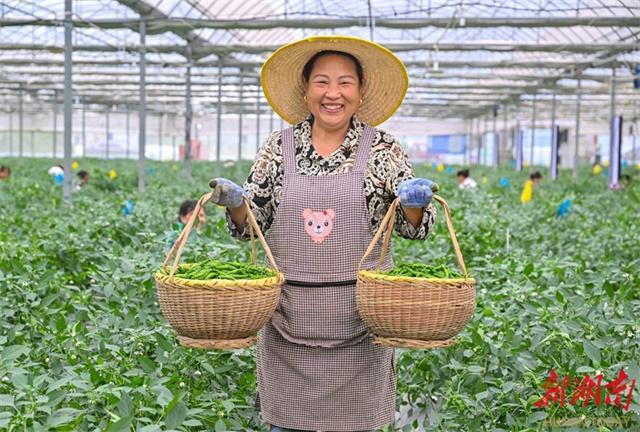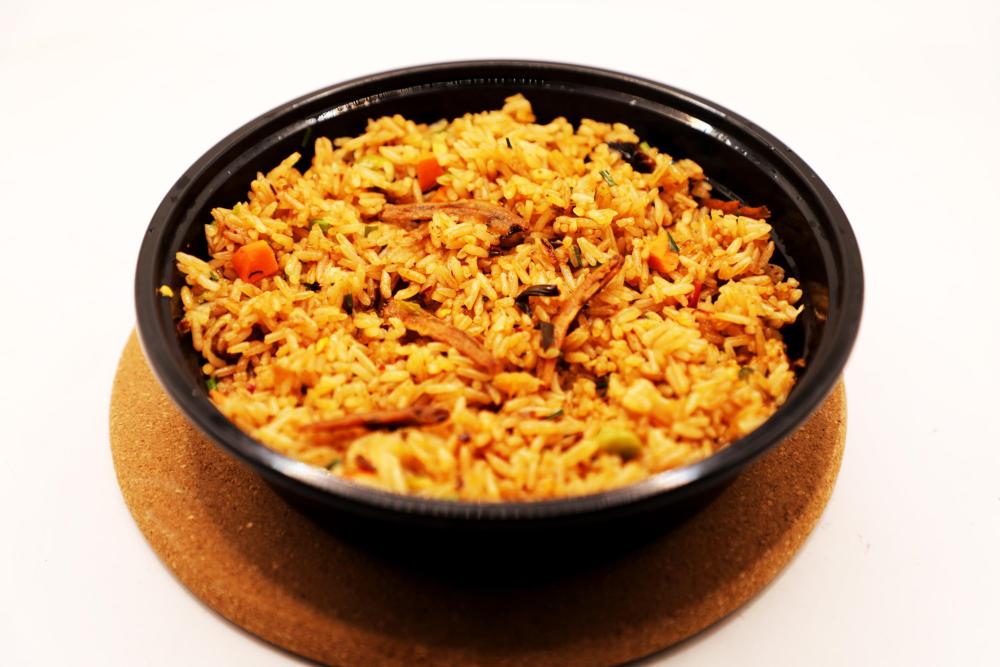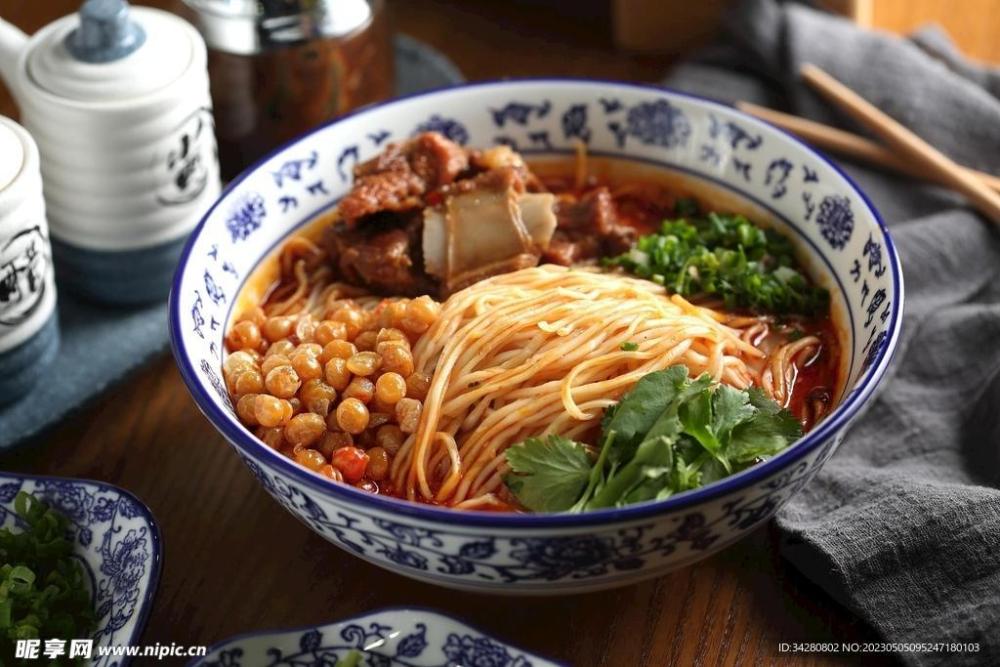-
Posts
16,717 -
Joined
-
Last visited
Profile Information
-
Location
Liuzhou, Guangxi, China
Recent Profile Visitors
87,426 profile views
-
A few years ago, for some reason friends started giving me mugs. I'm not sure how it started but I ended up with about 30. Two years ago, I moved house and left most behind. Deliberately, only retaining some few favourites. Here are a few of those.
-
I couldn't disagree more. PDO classification is more than that. It is a guarantee that what you get is what you expect. A specific product made from specified ingredients in a specified manner in a specified place. Without it, it could be anything. I don't know what Champaigne (sic) is. I prefer Champagne.
-
I bought this in the James Joyce museum in Dublin which is located in the Martello tower which is the location of the opening of his masterpiece, Ulysses. "Yes" is the final word of the novel.
-
四季豆炒土猪肉 (sì jì dòu chǎo tǔ zhū ròu), Green bean and organic pork with red and green space chillies. Served with rice.
-
I never use the things. I don't see the point. They're just another thing to wash later. Anyway, I like the the look of wood.
-
Having salmon for dinner? You might want to read this first. ‘Those who eat Chilean salmon cannot imagine how much human blood it carries with it’ | Chile | The Guardian
-
In Hebrew it's פטה (pate), but much milder than the Greek.
-
In Europe (including the UK) and many other countries around the world Feta Cheese is a protected name and can only be made in Greece from sheep's milk or sheep and a maximum of 30% goat's milk. Similar brined cheeses cannot be called feta. Of the major developed countries, only Australia and the USA ignore this. American "feta" is made from cow's milk. But there is a problem. Greece is facing a problem as a disease called sheep and goat pox is spreading throughout its herds and almost half a million animals have had had to be culled, leaving feta makers with little increasingly milk to turn into feta (as Greece normally does with 80% of its total sheep milk. There is more information here. Greek sheep and goat cull raises fears of feta cheese shortage
-
Hmmm. What kind of websites are you frequenting?
-
So, you're looking for a stuffing with no sausage meat, but breadcrumbs. Anything else?
-
Hunan style squid with red and green chilli, onion, garlic scapes, black vinegar, Shaoxing wine. Served with rice.
-
The BBC are reporting that a major snail farm in France has had its entire stock of snails valued at €90,000 (£79,000; $104,000) snatched. French farm has €90,000 worth of escargot snails stolen Now I'm worried that I may get the blame. After all, I live in Liuzhou, China's most snail obsessed city.
- 1 reply
-
- 2
-

-
Here's a bit of an update on these chillies. Hunan Government Website International-enghunan.gov.cn Zhangshugang Pepper Becomes a Thriving Industry in Yueyang
-
Chongqing, 重庆 (chóng qìng) is a major city in south-west China. It is the world’ s largest city by population. Until 1997, it was part of Sichuan province, but was separated by the central government and taken under direct control. Several well known Sichuan dishes originated there. One of their signature street food dishes is 重庆小面 (chóng qìng xiǎo miàn) Chongqing Small Noodles. A simple dish of boiled wheat noodles with some vegetables, pickles, peanuts and seasonings. You can usually then customise this by adding other ingredients of your choice. These consist of meats and beans/peas. Now, inspired by the success of Liuzhou luosifen’s industrialisation, they have begun producing packaged xiao mian to finish at home. Details here. I’m not sure it will reach the level of success they are seeking. I have two reasons. a) the amount of variations are heading for the infinite means they would have to choose just one for mass production. Which one? b) the success of luosifen relied on the dish being impractical and much more expensive to make at home. Its broth alone takes 16 hours simmering. Even more is that authentic luosifen can only really be made here in Liuzhou as it depends on local ingredients, otherwise not available. Xiao mian, on the other hand is easy to make with no unusual ingredients. There are recipes on the internet and Fuchsia Dunlop’s The Food of Sichuan (eG-friendly Amazon.com link) has a good recipe. .
- 1 reply
-
- 3
-

-



